George James Allman FRS FRSE was an Irish ecologist, botanist and zoologist who served as Emeritus Professor of Natural History at Edinburgh University in Scotland.
 W
WJohn Lubbock, 1st Baron Avebury, 4th Baronet,, known as Sir John Lubbock, 4th Baronet from 1865 until 1900, was an English banker, Liberal politician, philanthropist, scientist and polymath. Lubbock worked in his family company as a banker but made significant contributions in archaeology, ethnography, and several branches of biology. He coined the terms "Paleolithic" and "Neolithic" to denote the Old and New Stone Ages, respectively. He helped establish archaeology as a scientific discipline, and was also influential in nineteenth-century debates concerning evolutionary theory. He introduced the first law for the protection of the UK's archaeological and architectural heritage. He was also a founding member of the X Club.
 W
WThomas Bell FRS was an English zoologist, surgeon and writer, born in Poole, Dorset, England.
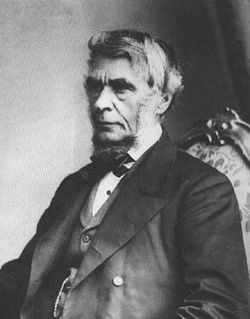 W
WGeorge Bentham was an English botanist, described by the weed botanist Duane Isely as "the premier systematic botanist of the nineteenth century". Born into a distinguished family, he initially studied law, but had a fascination with botany from an early age, which he soon pursued, becoming president of the Linnaean Society in 1861, and a fellow of the Royal Society in 1862. He was the author of a number of important botanical works, particularly flora. He is best known for his taxonomic classification of plants in collaboration with Joseph Dalton Hooker, his Genera Plantarum (1862–1883). He died in London in 1884.
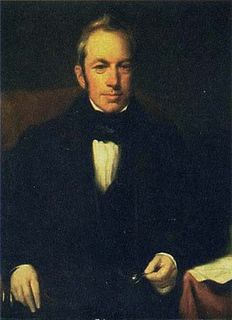 W
WRobert Brown FRSE FRS FLS MWS was a Scottish botanist and paleobotanist who made important contributions to botany largely through his pioneering use of the microscope. His contributions include one of the earliest detailed descriptions of the cell nucleus and cytoplasmic streaming; the observation of Brownian motion; early work on plant pollination and fertilisation, including being the first to recognise the fundamental difference between gymnosperms and angiosperms; and some of the earliest studies in palynology. He also made numerous contributions to plant taxonomy, notably erecting a number of plant families that are still accepted today; and numerous Australian plant genera and species, the fruit of his exploration of that continent with Matthew Flinders.
 W
WSir Gavin Rylands de Beer was a British evolutionary embryologist, known for his work on heterochrony as recorded in his 1930 book Embryos and Ancestors. He was director of the Natural History Museum, London, president of the Linnean Society of London, and a winner of the Royal Society's Darwin Medal for his studies on evolution.
 W
WAlbert Karl Ludwig Gotthilf Günther FRS, also Albert Charles Lewis Gotthilf Günther, was a German-born British zoologist, ichthyologist, and herpetologist. Günther is ranked the second-most productive reptile taxonomist with more than 340 reptile species described.
 W
WSir William Abbott Herdman FRS FRSE FLS was a Scottish marine zoologist and oceanographer.
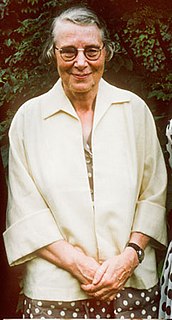 W
WIrene Manton, FRS FLS was a British botanist who was Professor of Botany at the University of Leeds. She was noted for study of ferns and algae.
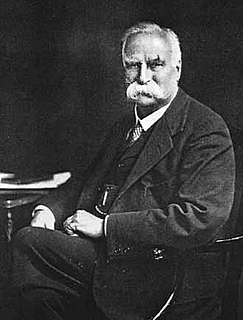 W
WSir Edward Bagnall Poulton, FRS HFRSE FLS was a British evolutionary biologist who was a lifelong advocate of natural selection through a period in which many scientists such as Reginald Punnett doubted its importance. He invented the term sympatric for evolution of species in the same place, and in his book The Colours of Animals (1890) was the first to recognise frequency-dependent selection.
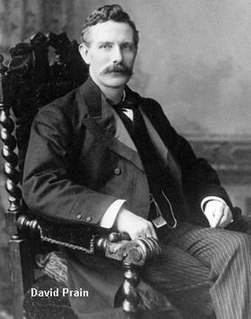 W
WSir David Prain was a Scottish physician remembered as a noted amateur botanist. He worked for many years in India working in the Calcutta Botanical Garden and involved in cinchona cultivation in Darjeeling.
 W
WJohn Ramsbottom was a British mycologist.
 W
WEdward Stuart Russell OBE FLS was a Scottish biologist and philosopher of biology.
 W
WDavid Cecil Smith was a British botanist. Smith was most notable for his research into the biology of symbiosis and became a leading authority on it. Smith discovered that lichens and Radiata (coelenterates) shared a similar biological mechanism in carbohydrate metabolism. Further research by Smith demonstrated similar processes in organisms that worked within a symbiotic relationship.
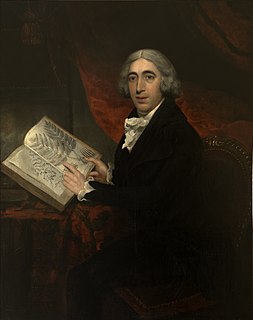 W
WSir James Edward Smith was an English botanist and founder of the Linnean Society.
 W
WEdward Adolphus St Maur, 11th Duke of Somerset, styled Lord Seymour until 1793, of Maiden Bradley in Wiltshire and Stover House, Teigngrace, Devon, was a British landowner and amateur mathematician.
 W
WEdward Stanley, was an English clergyman who served as Bishop of Norwich between 1837 and 1849. He set about combating laxity and want of discipline among the clergy.
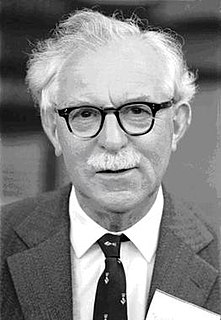 W
WWilliam Thomas Stearn was a British botanist. Born in Cambridge in 1911, he was largely self-educated, and developed an early interest in books and natural history. His initial work experience was at a Cambridge bookshop, but he also had a position as an assistant in the university botany department. At the age of 29 he married Eldwyth Ruth Alford, who later became his collaborator. He died in London in 2001.
 W
WSydney Howard Vines FRS was a British botanist and academic. He was Sherardian Professor of Botany at Oxford University from 1888 to 1919, and served as President of the Linnean Society of London from 1900 to 1904. He directed the publication of the Annals of Botany from 1887 to 1899.
 W
WFrederick Ernest Weiss FRS FLS VMH was an Anglo-German Botanist. He was awarded the Victoria Medal of Honour in 1947.
 W
WSir Arthur Smith Woodward, FRS was an English palaeontologist, known as a world expert in fossil fish. He also described the Piltdown Man fossils, which were later determined to be fraudulent. He is not related to Henry Woodward, whom he replaced as curator of the Geology Department of the British Museum of Natural History.